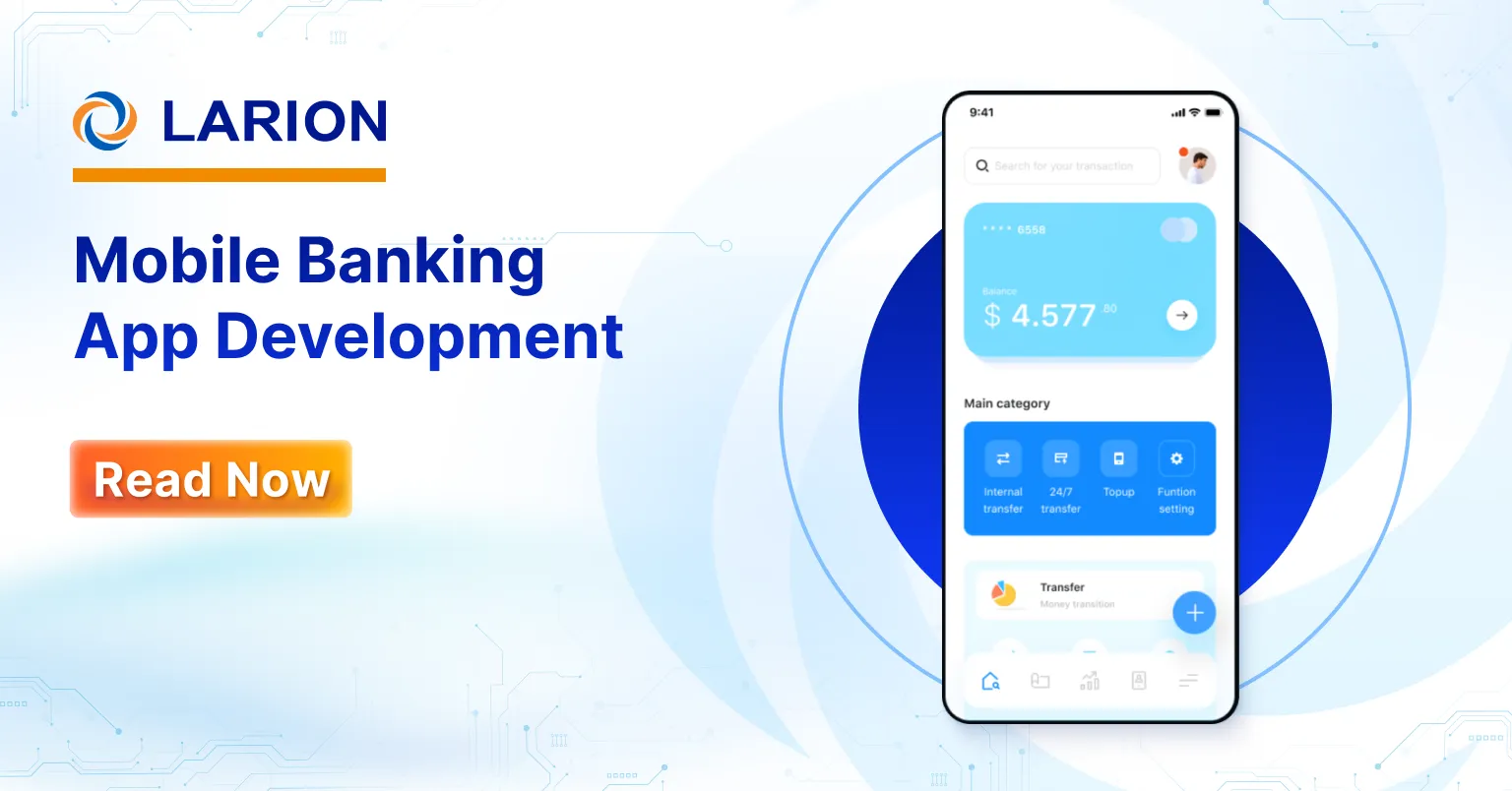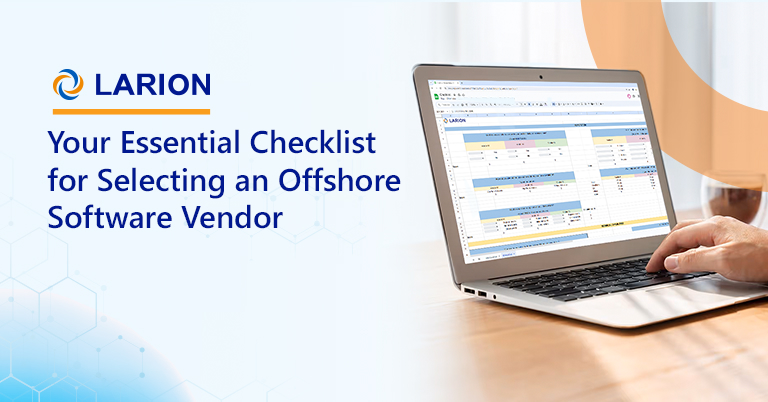
The relentless pace of technological innovation demands businesses to continuously evolve their product offerings to meet consumer expectations. To fuel this growth, many companies are turning to offshore software development to address local skills shortages and take advantage of cost benefits. According to Deloitte, software development development is the second most outsourced IT function, with 79% of companies leveraging these services.
Selecting the right IT vendor is crucial for the success of any tech initiative. A misstep can result in project delays, budget overruns, and subpar outcomes.
This guide will walk you through the process of finding suitable offshore development companies, establishing key selection criteria, and providing practical checklists to help you choose the ideal partner.
5 Steps in the Offshore Development Team Selection Process
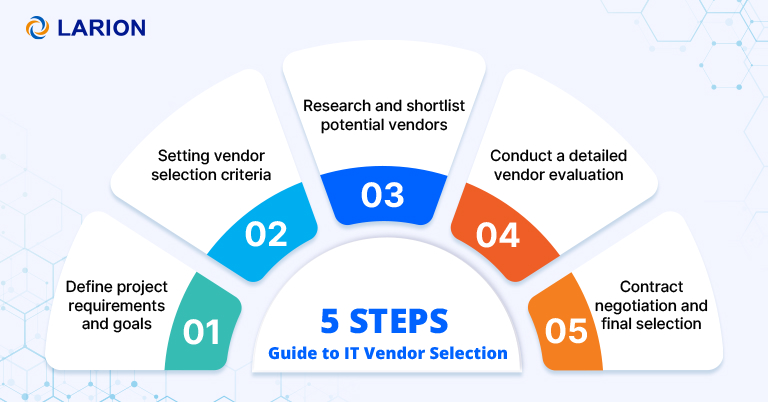
Step 1: Determine project goals and requirements
To effectively identify and select a tech partner, it’s crucial to have a crystal-clear understanding of your project’s needs. This involves identifying existing system issues, outlining necessary functionalities, and considering future IT demands. This clarity enables precise vendor selection based on their technical capabilities and alignment with your long-term vision. Some projects may even need to consider potential interdependencies for future collaboration, such as whether you might need to switch vendors after a year and a half.
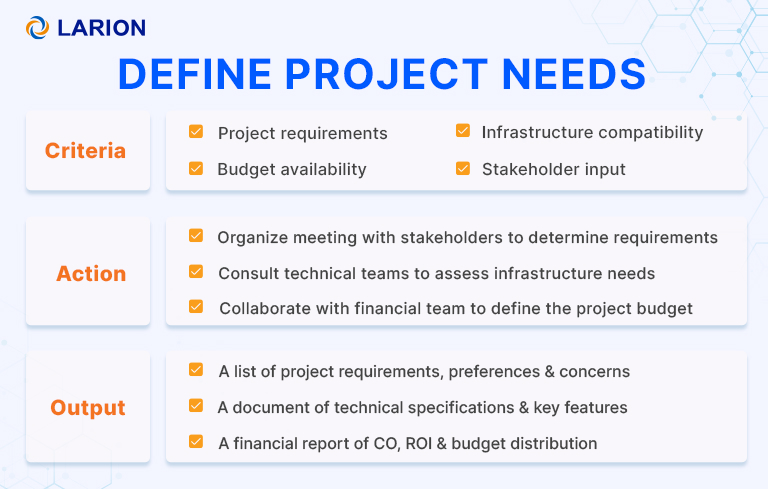
Step 2: Set offshore development team selection criteria
In this step, we’ll outline the essential qualities we seek in a tech vendor. This process involves identifying key attributes such as technical expertise, industry experience, scalability, and alignment with our company’s values and long-term goals. By creating a clear framework for evaluation, we ensure that our partnership is built on a solid foundation, with clearly defined expectations and boundaries. This clarity will not only guide us in choosing the right vendor but will also set the stage for successful, long-term collaborations, minimizing risks and enhancing overall project outcomes
Step 3: Identify potential IT vendor
This phase involves searching for potential offshore development companies through sources such as referrals, online directories, and web searches. This “exploration phase” requires balancing thorough market research with efficient decision-making. The challenge lies in the vast array of vendors, each offering different services and varying levels of compliance with your specific needs.
Once you have compiled a list of vendors that meet your project requirements, invite the shortlisted candidates to submit formal proposals through a Request for Proposal (RFP) process.
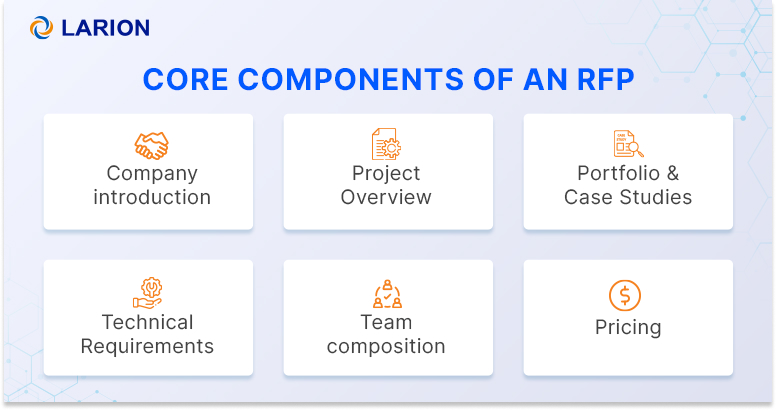
Step 4: Vendor Evaluation
This is where the process becomes truly interactive. Start by assessing potential candidates against predefined criteria, including offshore developers’ technical skills, communication abilities, cultural fit, and project experience. To gain deeper insights, arrange comprehensive discussions, conduct interviews, request demonstrations, and perform reference checks. This thorough evaluation will help you understand how well their solutions fit within your organization.
To further assess the vendor’s capabilities, consider starting with a smaller pilot project. This trial run will allow you to evaluate their ability to meet deadlines and maintain quality standards before committing to a larger engagement.
Step 5: Contract Finalization
After selecting the suitable IT vendor, start by initiating contract negotiations. Key discussion points should include the project scope, pricing, payment terms, service level agreement (SLA), intellectual property rights, and dispute resolution mechanisms. Clearly outline your expectations, success metrics, and partnership guidelines. Additionally, establish effective communication channels and collaboration processes to facilitate smooth interactions and project execution.
Fundamental Criteria for Selecting an Offshore Development Team
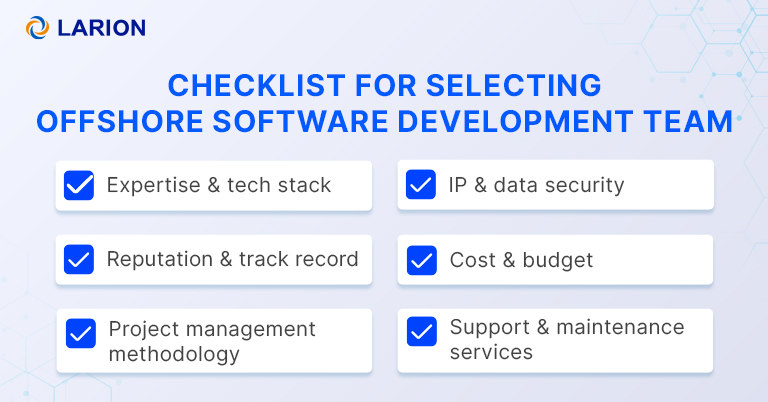
We all understand that every company is distinct, and what suits one may not suit another. This is especially true when selecting offshore developers. However, there are a few key considerations that apply to almost every organization, regardless of size.
1. Reputation & Track Record
Here are the key points to consider:
- Years in Business: Are they a new entrant or a well-established player? A vendor with several years of experience typically brings a wealth of skills and a proven track record, indicating their ability to handle challenges and maintain client satisfaction.
- Previous Clients: What kinds of clients have they served? A history of working with large and reputable organizations often reflects positively on their capabilities and reliability.
- Reviews and Reputation: What do others say about them? Reviews from real customers can offer valuable insights into their performance. Check industry-specific review sites like Clutch, G2, or Capterra, as well as LinkedIn testimonials for a broader view. While official website testimonials are useful, independent reviews provide a more objective perspective.
- Awards and Recognitions: Industry awards and recognitions can be indicators of a vendor’s expertise, innovation, and commitment to quality.
- Geographical Coverage: Can they meet your geographic requirements? Vendors with extensive geographical reach can ensure consistent service delivery across locations and better navigate regional laws and customs.
- Financial Health: Is the offshore development company financially stable? A strong financial position suggests reliability and the potential for a long-term partnership. To assess this, ask for financial statements or reviews if they are publicly available.
2. Pricing
Pricing is a crucial factor in selecting a vendor as it directly impacts a company’s financial planning. By comparing prices from different vendors, businesses can negotiate better terms, ensure affordability, and verify that the offerings fit within their budget constraints.
However, price alone shouldn’t dictate the decision. It’s essential to evaluate whether the perceived value or benefits of the service justify the cost. The adage “You get what you pay for” is often accurate. Be cautious with offshore developers offering unusually low prices, as they may compromise quality and lead to additional costs or issues later.
3. Technical capabilities
The vendor’s proposal may look impressive on paper, but it’s crucial to evaluate how it performs in practice. To get a clear picture of their technical capabilities and suitability for your business, focus on the following criteria:
- Project-specific expertise: Review their past projects and case studies to gauge their experience and ability to handle similar projects. A strong portfolio demonstrates their capacity to deliver high-quality solutions.
- Team structure and skill sets: Understand the composition of their team, including the roles of key members and their specific skill sets. Assess their proficiency in the specific frameworks and programming languages required for your project. Ensure they have experience with the tech stack you use or plan to use
- Quality Assurance: Evaluate their quality assurance practices, including testing strategies and tools used. Robust QA processes are critical for ensuring that the final product meets your quality standards.
- Scalability: Determine their ability to scale resources according to project requirements. This includes their capability to handle increasing workloads and adapt to changes in project scope.
4. Project Management Style
By assessing their project management style, you can ensure that the offshore team can effectively integrate with your internal processes, manage the project efficiently, and meet your expectations.
Focus on these key areas:
- Development methodology: Do they use established industry practices like agile, lean, or waterfall? The choice of methodology should align with your project requirements and organizational practices.
- Remote management: Examine their experience in managing remote or distributed teams. This includes their ability to handle time zone differences, communication challenges, and coordination issues.
- Communication skills: Investigate vendor’s communication practices, including the frequency and clarity of updates. Effective communication is crucial for keeping the project on track and addressing issues promptly.
- Tools and technologies: Review the project management tools and technologies they use for tracking progress, managing tasks, and facilitating collaboration. Common tools include Jira, Trello, Asana, and Microsoft Project.
- Resource management: Evaluate IT vendor ability to allocate and manage resources effectively, including team members, budgets, and timelines. This includes their approach to handling resource constraints and project changes.
- Deployment speed: Timing is critical in deploying solutions. Can the vendor implement their solution quickly to meet your deadlines? While fast deployment is advantageous, be cautious of potential errors due to rushing. To gauge their speed, review their typical project timelines, check their performance on previous projects, discuss any tools they use to expedite deployment, and ensure they balance speed with quality.
5. Compliance & certifications
Evaluating an offshore development team’s security practices, compliance adherence, and certifications is essential to mitigate potential risks. Here are the important areas to consider:
- Security and compliance practices: Investigate how the vendor manages data privacy, information security, and regulatory compliance. Review their security policies, procedures, and protective measures to ensure they align with industry standards
- Intellectual property protection: Ensure that the offshore team’s contracts clearly define IP ownership and rights, specifying that all work produced belongs to you.
- Standard certifications: Verify whether the offshore developers hold crucial certifications, such as ISO or SOC, which demonstrate their commitment to internationally recognized standards, quality management, and risk mitigation.
- Industry-specific certifications: Check if the vendor possesses certifications relevant to your industry (e.g., HIPAA, PCI DSS, GDPR). These certifications indicate their expertise in adhering to industry-specific regulations and legal requirements.
- Technological certifications: Confirm if the team has certifications in key technology platforms, tools, and methodologies. This shows their technical proficiency and ability to effectively utilize advanced technologies.
6. Support & Cultural Factors
When looking for the ideal IT vendor, it’s easy to focus solely on technical details, pricing, and features. However, the level of support and services they offer is just as crucial. A vendor that excels in these areas can turn a good project experience into a truly smooth one.
- Customer service: Evaluate whether the vendor provides a responsive and knowledgeable support team. Assess their communication skills and their readiness to go above and beyond to assist you
- Cultural alignment: Consider whether the offshore development team’s values, principles, and work ethic align with your own. This alignment can significantly impact the overall working relationship and project success.
- Technical support and maintenance: Assess their ability to provide ongoing support and maintenance after the initial development phase. This includes their responsiveness to issues and their process for handling updates and bug fixes.
Read more: Top 5 Vietnam offshore software development companies
Select the right IT vendor with Our Checklist
Ready to make your offshore development team selection process smoother and more effective? Download our comprehensive checklist with our experts to ensure you cover all critical aspects and make an informed decision.






